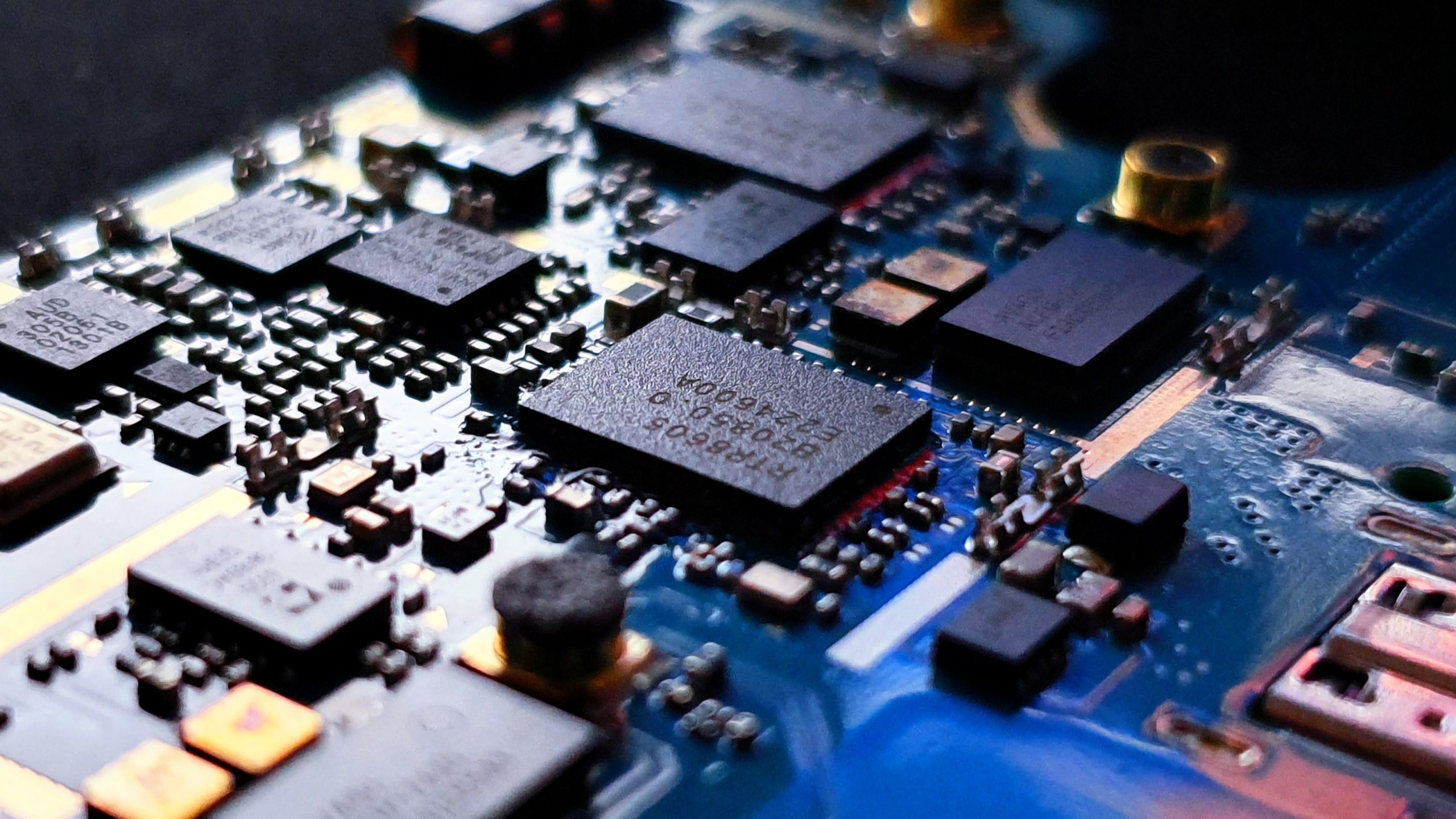Loukia Papadopoulos, InterestingEngineering.com, August 25, 2023
“How many old phones, laptops, and desktops are gathering dust? Let’s see if we can find a useful second life for them!”
In October of 2022, Interesting Engineering reported that the international waste electrical and electronic equipment (WEEE) forum estimated that 5.3 billion mobile phones would go to landfills in 2022 alone. This is an incredible amount of waste that is often toxic.
Now, researchers from the University of California San Diego Jacobs School of Engineering are seeking to do something about it. PhD student and first author Jennifer Switzer, along with her coauthors Computer Science and Engineering (CSE) professors Ryan Kastner and Pat Pannuto and PhD student Gabriel Marcano have come up with an innovative method for tackling cell phone and other electronic waste.
This is according to a press release from the institution published last week.
A spectacular amount of energy
“It takes a spectacular amount of energy to manufacture modern, high-performance computer technology. The paper explores how to make computing more sustainable by finding new uses for devices society has already paid the carbon cost to manufacture,” said Pannuto.
The authors argue that traditional recycling options are energy-intensive causing much pollution and do not reuse the main body of the phone. Therefore, the researchers offer a more eco-friendly option.
Their plan: redeploy the discarded devices as working processors. “Their approach avoids a carbon intensive manufacturing process while conceivably harnessing the unspent 75 percent of a smartphone processor’s lifespan,” states the press statement.
The new study takes into account both the “practicality and environmental benefits of reusing processors for non-consumer applications.” More specifically, the researchers give new life to old wasted processors as cloudlets for microservices for social media websites and as wildlife monitoring sensors.
This is especially handy considering that smartphone processors on average have a lifetime of more than 10 years after being discarded and are often retired after using up just 25 percent of their functional lifespan.







